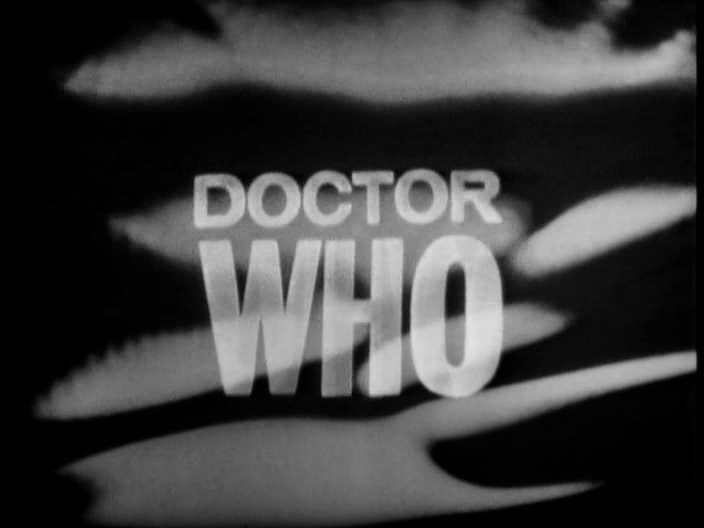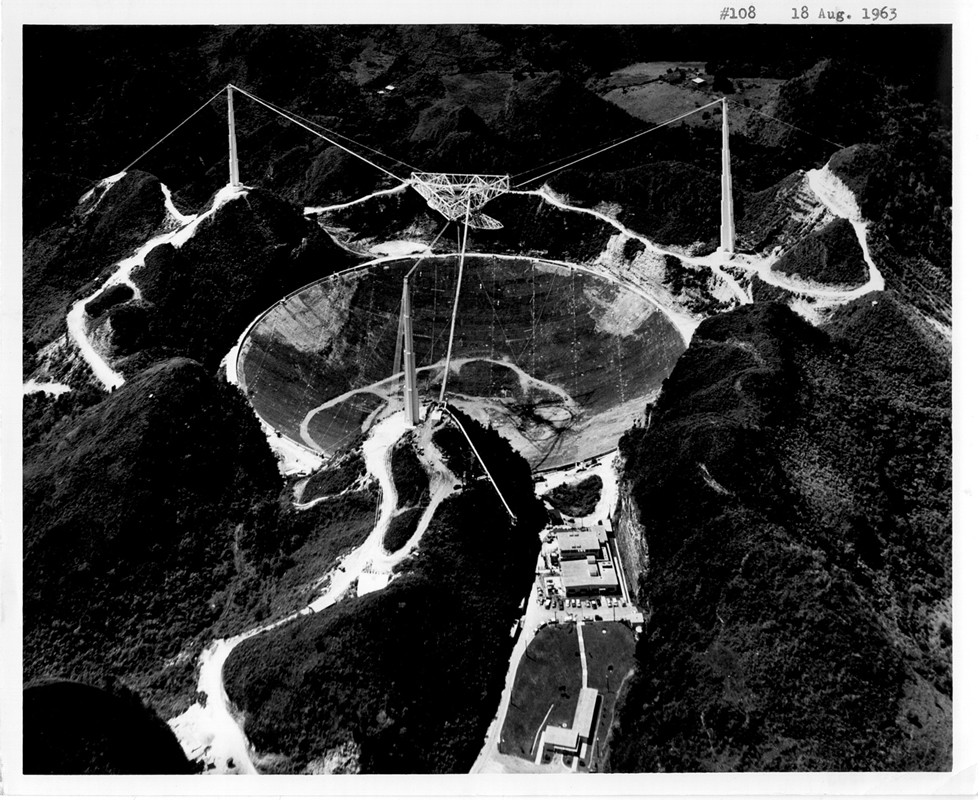Just two hours ago, at 11:21 CST, Presidential assassin Lee Harvey Oswald was shot by Jack Ruby, a local nightclub owner. Oswald was being transferred from the Dallas police department, where he had been charged for the murder of the President and a local law enforcement officer, to a nearby county jail when the attack occurred.

Ruby was immediately subdued and arrested. Oswald died just a few minutes ago.

It is hard to imagine the drama of this national crisis rising any higher. Our new UK correspondent, Jessica Holmes, is having similar trouble…]

By Jessica Holmes
I'm having a lot of difficulty putting my thoughts into words today. I'm not even an American, but the recent news knocked the wind out of me. It'd be silly to say, what with the world being the way it is, that I could never have imagined something like this. However, there's a difference between being able to imagine a horrible thing happening and actually believing that it may. We take normality for granted, that we go to sleep in a world unchanged from the world we woke up in.
Sadly, that's not how the world works. A horrible thing happened the other day.
I don't know what more I can say that hasn't already been said by people far more eloquent and knowledgeable than myself. I'll keep it simple: I liked President Kennedy, and to have him be gone so soon is a horrible thing. My thoughts are with his family and with the American people.

President Kennedy with UK Prime Minister Harold Macmillan in June 1963



![[February 19th, 1964] The Edge Of Disappointment (<i>Doctor Who</i>: The Edge Of Destruction)](https://galacticjourney.org/wp-content/uploads/2019/02/640219stabbystabby-672x372.jpg)
![[February 3rd, 1964] And Into The Fire (<i>Doctor Who</i>: The Daleks | Episodes 5-7)](https://galacticjourney.org/wp-content/uploads/2019/01/640203smartypants-672x372.jpg)

![[January 14, 1964] Out Of The Frying Pan (Dr. Who: <i>The Daleks </i>| Episodes 1-4)](https://galacticjourney.org/wp-content/uploads/2019/01/640114plungerofdoom-672x372.png)
![[December 15, 1963] Our First Outing Into Time And Space (Dr. Who: <i>THE FIREMAKERS</i>)](https://galacticjourney.org/wp-content/uploads/2018/12/631215smokingkills-672x372.png)
![[Dec. 3, 1963] Dr. Who? An Adventure In Space And Time](https://galacticjourney.org/wp-content/uploads/2018/12/631203hartnell-600x372.jpg)

![[November 24, 1963 cont.] Oswald dead, shot by Jack Ruby](https://galacticjourney.org/wp-content/uploads/2018/11/631124oswald-672x372.png)




![[November 3, 1963] Listening To The Stars (the new Arecibo Observatory)](https://galacticjourney.org/wp-content/uploads/2018/11/631103aug181963-672x372.jpg)
